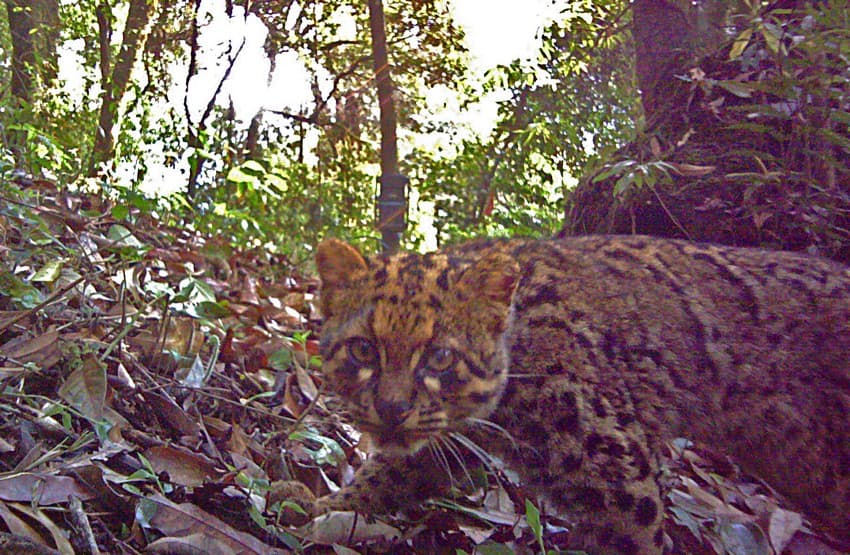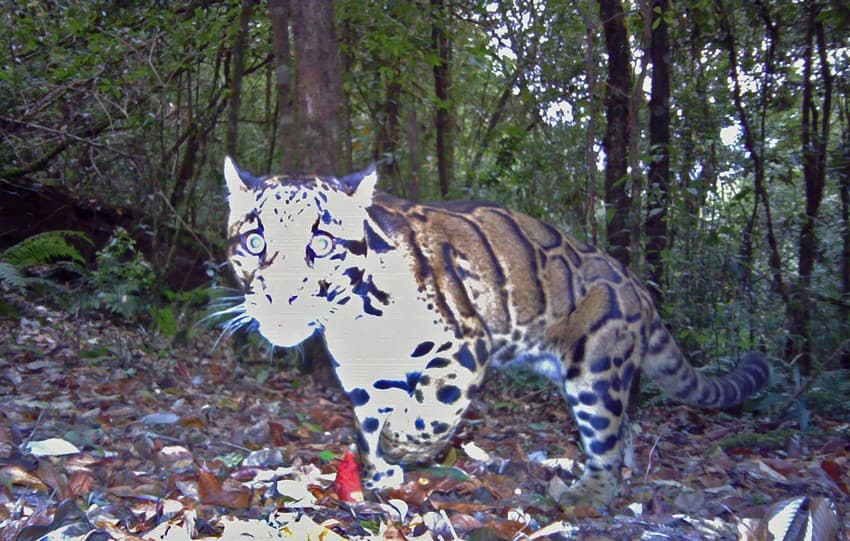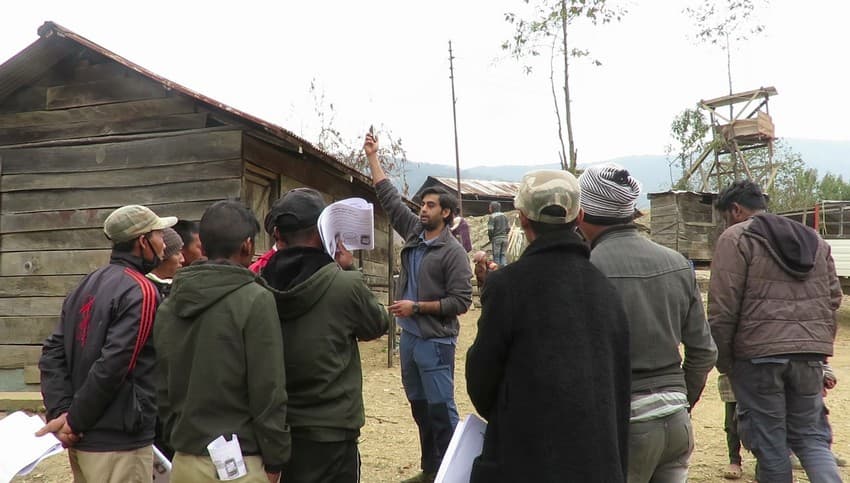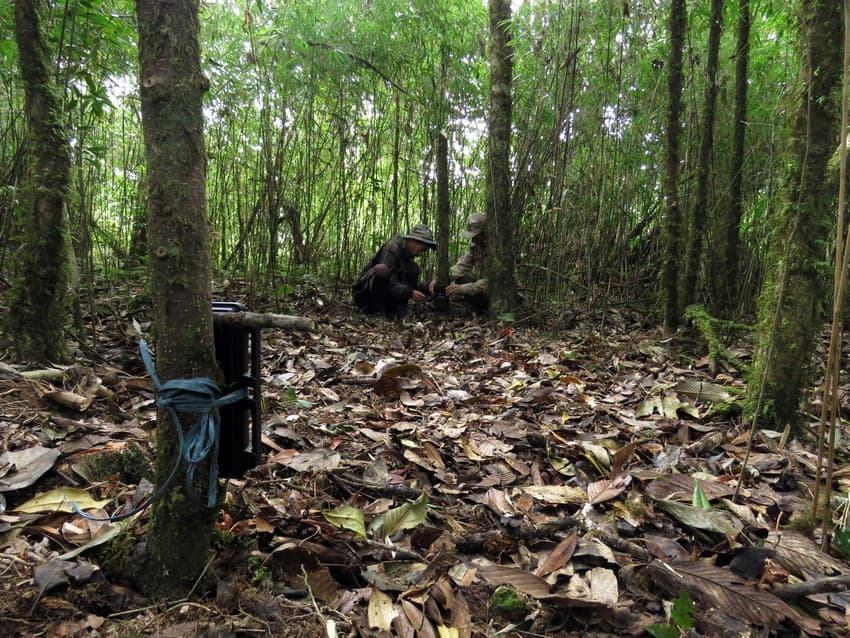Project Title
Facilitating wild felid conservation through community participation in eastern Nagaland, India

Project Grantee
Bhavendu Joshi (Ecologist, Conservation Initiatives)
Q & A with the Grantee
1) Which felid species in the Saramati mountain range of Nagaland has your study focus been on and why?
For this project, I focused on two rare and elusive cat species— clouded leopard (Neofelis nebulosa) and marbled cat (Pardofelis marmorata) — which have been documented from the region due to our past efforts. Both species are classified as ‘Threatened’ under the IUCN Red list but information on their distribution and population parameters remains scarce throughout their range. Within India, population estimation studies have been conducted in the adjoining state of Mizoram. However, to the best of my knowledge, no such research has been conducted in Nagaland, especially in an area such as Saramati mountain range which is mainly governed by local communities. Further, in the absence of large charismatic species from the region, clouded leopard and marbled cat have the potential to become flagship species for community-based forest conservation. Information on the occurrence and population status of these cat species can provide a basis for long term engagement with local communities for conservation. Such an effort will add immense value to ongoing conservation efforts and help ensure the survival of the species in the region.
2) Could you narrate a defining moment experienced in the course of your project?
One of the defining moments for me, surprisingly came from an awareness program rather than in the forest! During our awareness program in Fakim village, numerous villagers spoke to us about how in the past other agencies had placed camera traps in Fakim Wildlife Sanctuary, but the results of the survey were never shared with them. When we shared images of wildlife species documented in our survey, they were surprised to know that the Fakim community forest boasts of such a diverse assemblage of mammals! This instantly created a sense of pride among them, and they were eager to know more about the ecology of each species documented. Later, community leaders insisted that more such surveys be conducted to document species found in their forests, and were keen that the community participate in efforts to preserve these species. To me, this emphasised the relevance of this project, and brought to light how small efforts on our part can have huge benefits in terms of garnering conservation support.
3) Why is training the next generation of local conservationists in the region so central to your project?
Forests surrounding Saramati mountain range are community-owned. Given this context, community involvement and participation in conservation decision-making is of utmost importance. Identifying members of the local community interested in preserving regional biodiversity, and involving and training them in scientific monitoring techniques can ensure that species protection receives maximum support in the region. Further, such involvement can have a positive impact on conservation by instilling a sense of ownership and pride within the community. Building capacity of local conservationists through training programs will enable them to independently monitor local biodiversity, and foster regional advocacy for conservation. In turn, I am hopeful that this will allow conservation to be effectively implemented and improve its societal acceptance in the future.



Images courtesy: Bhavendu Joshi
